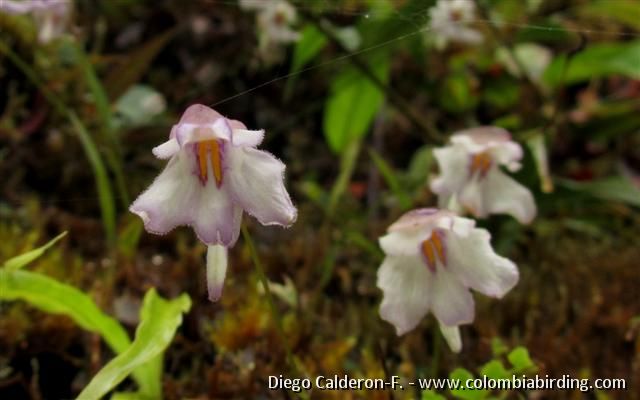People got used to the fact that animals, bird and fish are the only carnivorous species on Earth. In real certain plants can associated with this group of predatory natural beings. Sometimes they even referred to as miracles of Mother Nature. Specifically, the cause of their existence is usually related to the environment plants are distributed in; lack of certain components in the ground preconditioned necessity of hunting and catching flash species, including insects or small animals. There are 450 species of carnivorous plants belonging to 6 families, which can be found all over the world in many different habitats.
1. Nepenthes is famous for its ability to eat insects. It is a native species of Sumatra and some other Malaysian Islands. There are many species that differ in size and shape of the pitcher traps. Recently discovered Nepenthes attenboroughii is so strong that it can hold and digest a mouse or a medium-sized rat, including their bones and teeth!
2. Drosera (sundew) is a potential threat to flies and mosquitos in the area of its distribution. This plant owns of very insidious leaves that produce a sticky substance. As a result, little insects cling tightly to the sundew, and still remain motionless – a tricky sticky liquid leaf has a paralytic effect. As soon as the prey is caught, leaves close up and the plant digest its meal.
3. Bladderwort is a known carnivorous plant, residing in moisture places. In addition, it is a record-holder in reaction speed! Recently, scientists have estimated that the time it spends to catch a prey is 0.5 milliseconds. It is assumed that a victim should get to the hollow trap from which previously water is pumped out, and thus an area of low pressure is formed. As a result, one has only to touch the trap, as its walls are expanding, and the victim along with the water is drawn inside, where digestive enzymes start working.

4. Drosophyllum has thin long leaves, which contain sticky elements. As in case of Nepenthes, the plant catches prey the same way. However, its gluttony can be hardly outranged. Drosophyllum consumes dozens of insects per day.

5. Butterwort is a close relative species of Bladderwort. The entire upper side of the leaf is covered with fat sticky substance. Insects usually stick and begin to spin, trying to escape. Nothing good comes out of it – the carnivorous plant starts to roll a leaf.


No comments:
Post a Comment